Maintenance
Maintenance involves functional checks, servicing, repairing or replacing of necessary devices, equipment, machinery, building infrastructure, and supporting utilities in industrial, business, governmental, and residential installations. Over time, this has come to include multiple wordings that describe various cost-effective practices to keep equipment operational, these activities take place either before or after a failure.
- The engine oil ensures smooth operation of the engine and prevents overheating.
- Check the oil level when the engine is cold (or stopped for a while) and horizontal.
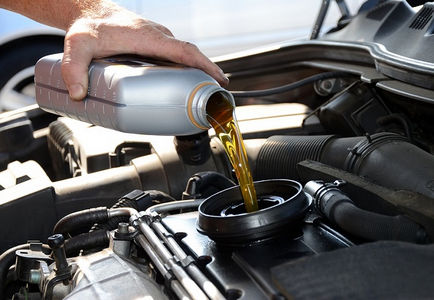 The engine oil ensures smooth operation of the engine and prevents overheating.
The engine oil ensures smooth operation of the engine and prevents overheating.
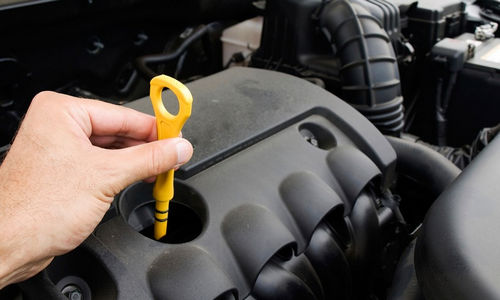 Check the oil level when the engine is cold (or stopped for a while) and horizontal.
Check the oil level when the engine is cold (or stopped for a while) and horizontal.


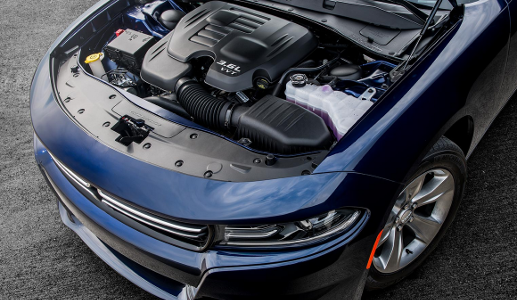 The
The 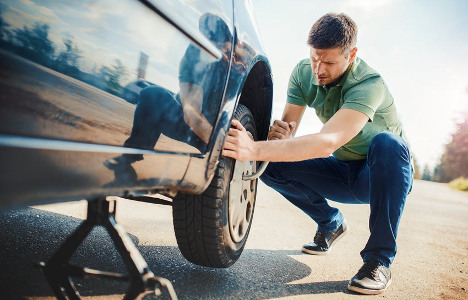 Some vehicles have a
Some vehicles have a 

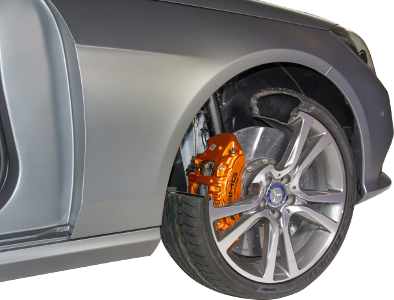 Only the brakes can stop your vehicle, it is very dangerous if the brakes are not working properly.
Only the brakes can stop your vehicle, it is very dangerous if the brakes are not working properly.
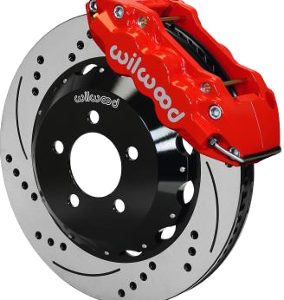 The
The 
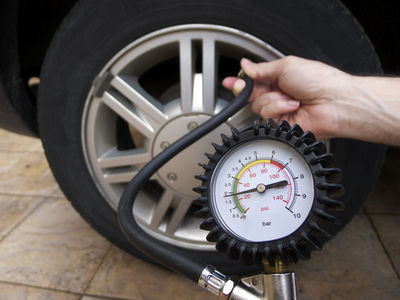
 Most tires have wear indicators that indicate when the tire needs to be replaced.
Most tires have wear indicators that indicate when the tire needs to be replaced.
 You can
You can  An
An 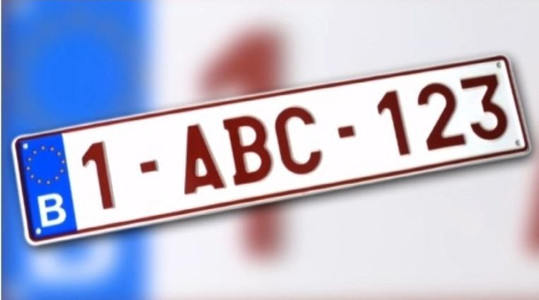 All speed pedelecs, mopeds and cars driving on public roads require a license plate.
All speed pedelecs, mopeds and cars driving on public roads require a license plate.
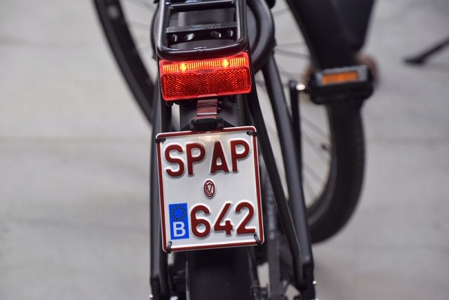
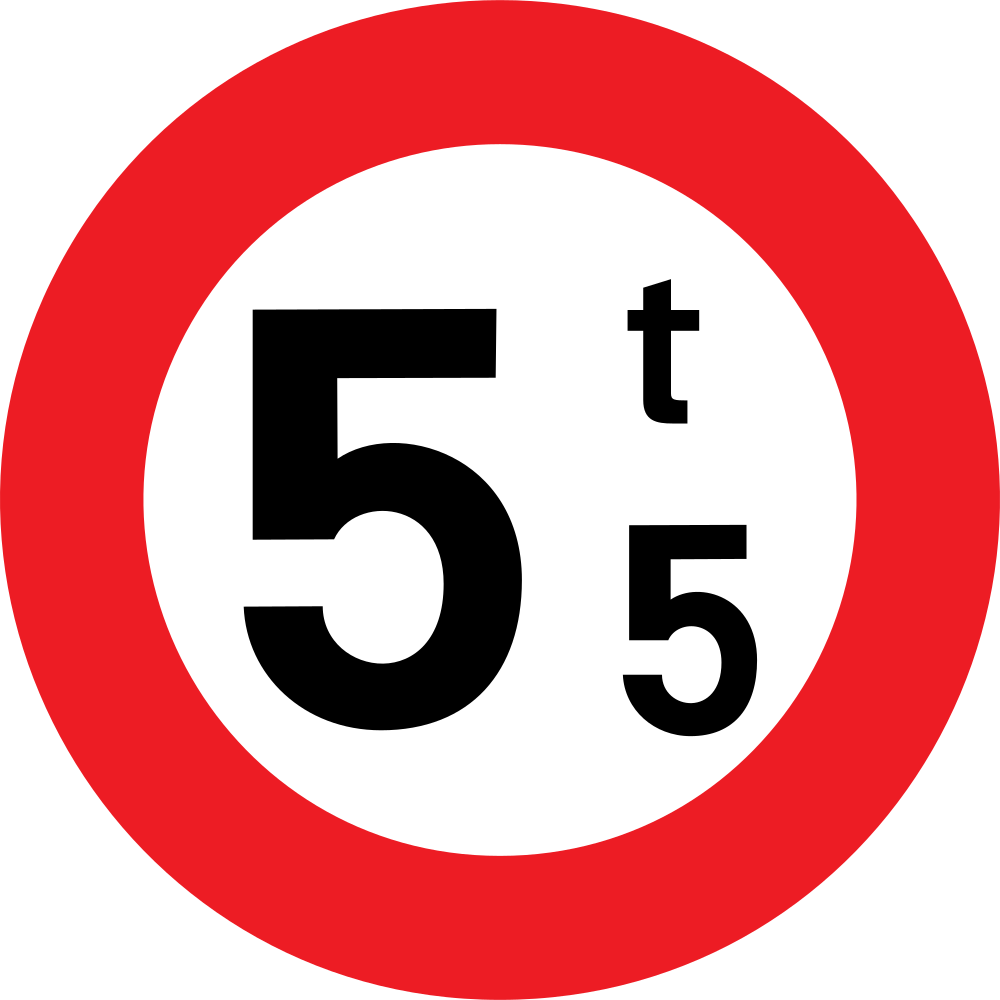 Vehicles heavier than indicated prohibited.
Vehicles heavier than indicated prohibited.
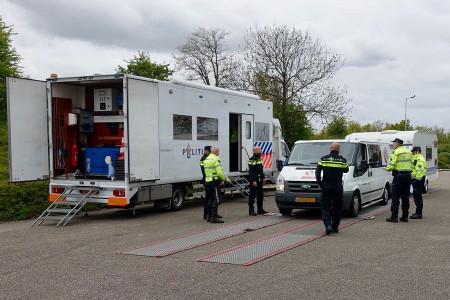
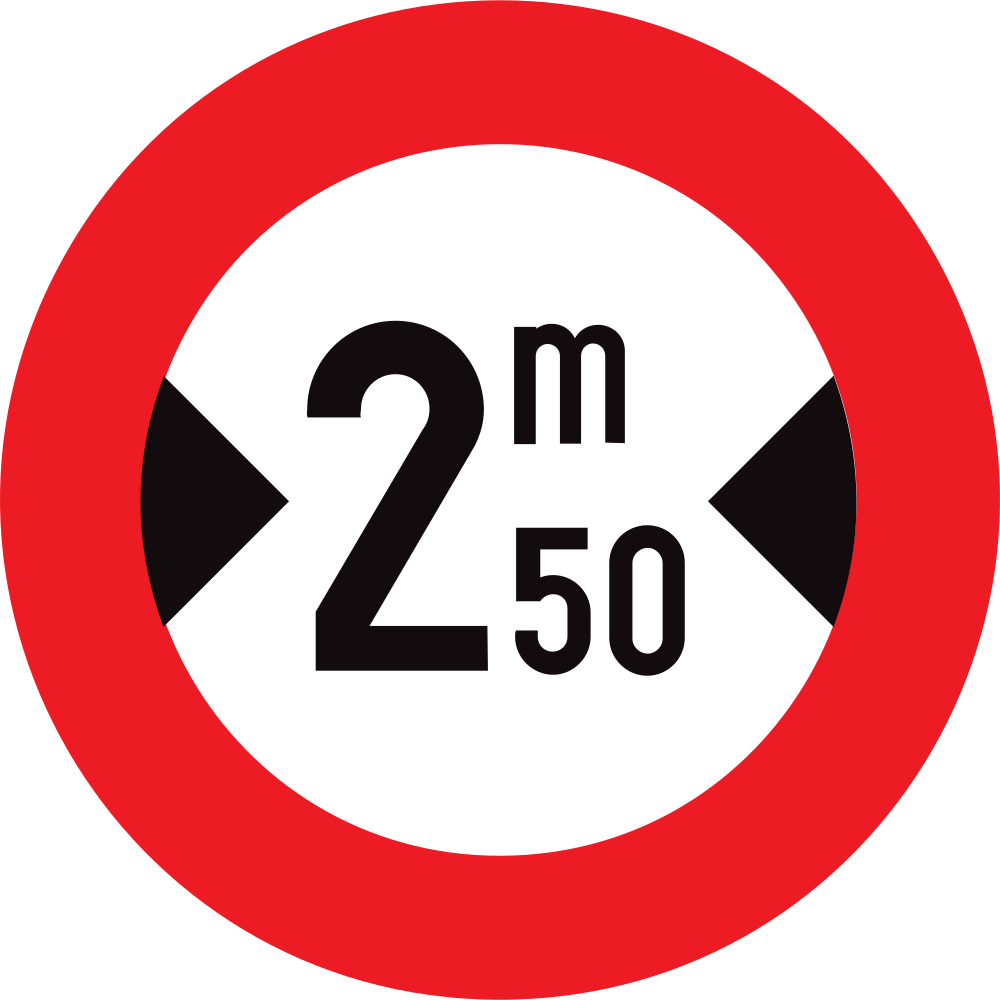 Vehicles wider than indicated prohibited.
Vehicles wider than indicated prohibited.
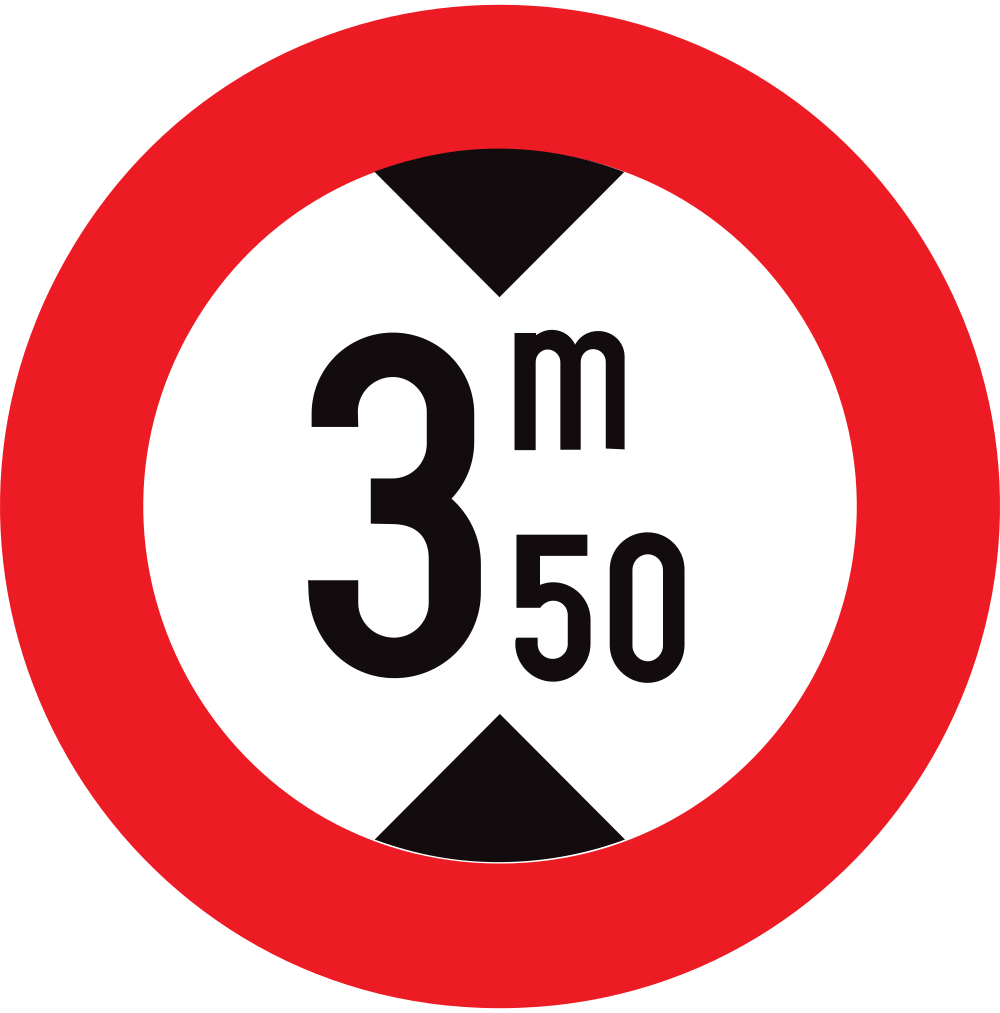 Vehicles higher than indicated prohibited.
Vehicles higher than indicated prohibited.
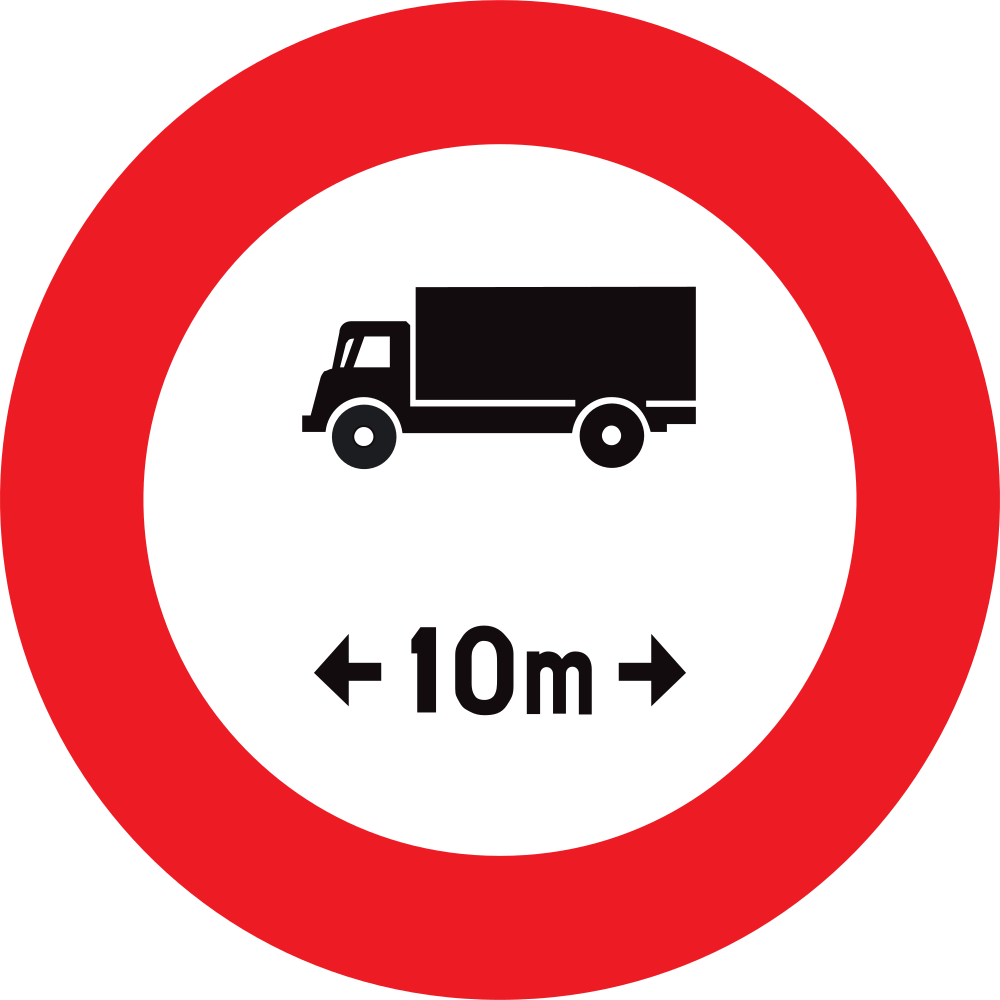 Vehicles longer than indicated prohibited.
Vehicles longer than indicated prohibited.
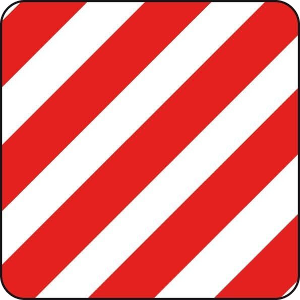 A cargo with signage may protrude 3 meters beyond the bodywork at the back.
A cargo with signage may protrude 3 meters beyond the bodywork at the back.
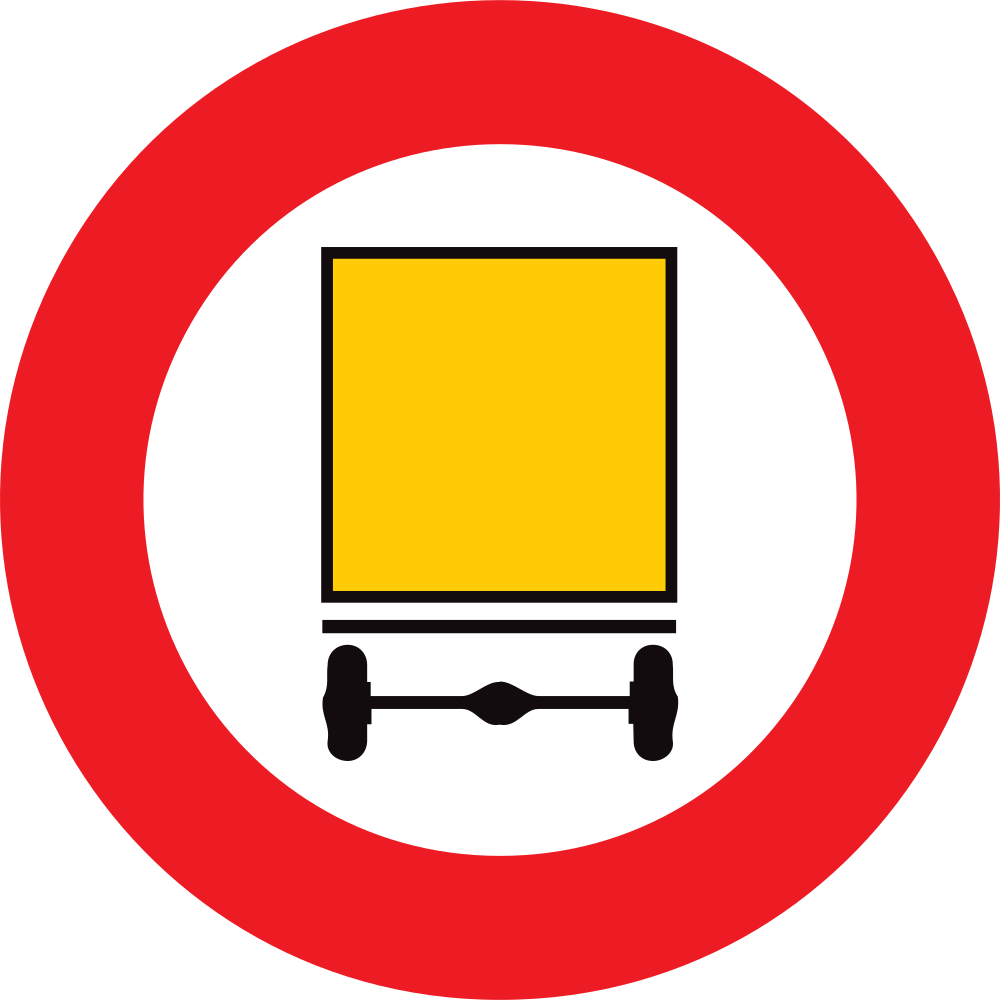 Vehicles with
Vehicles with 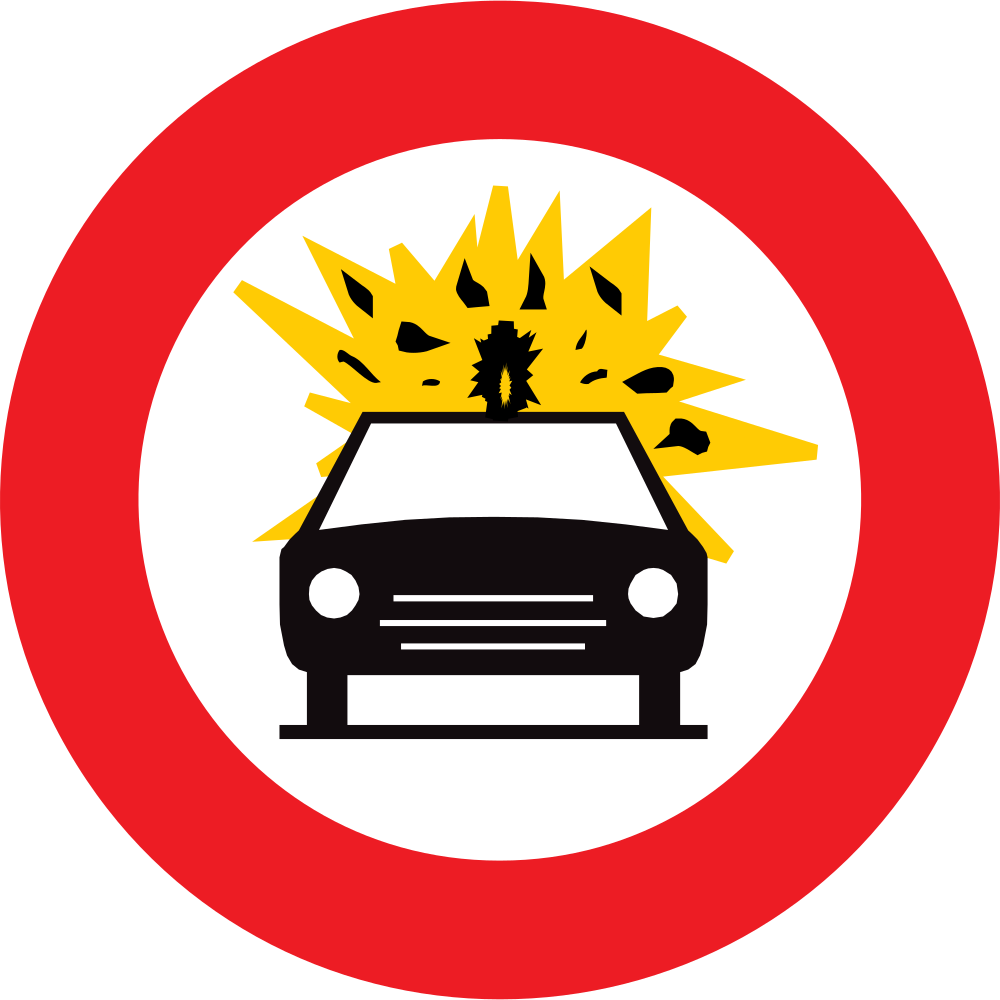 Vehicles with
Vehicles with 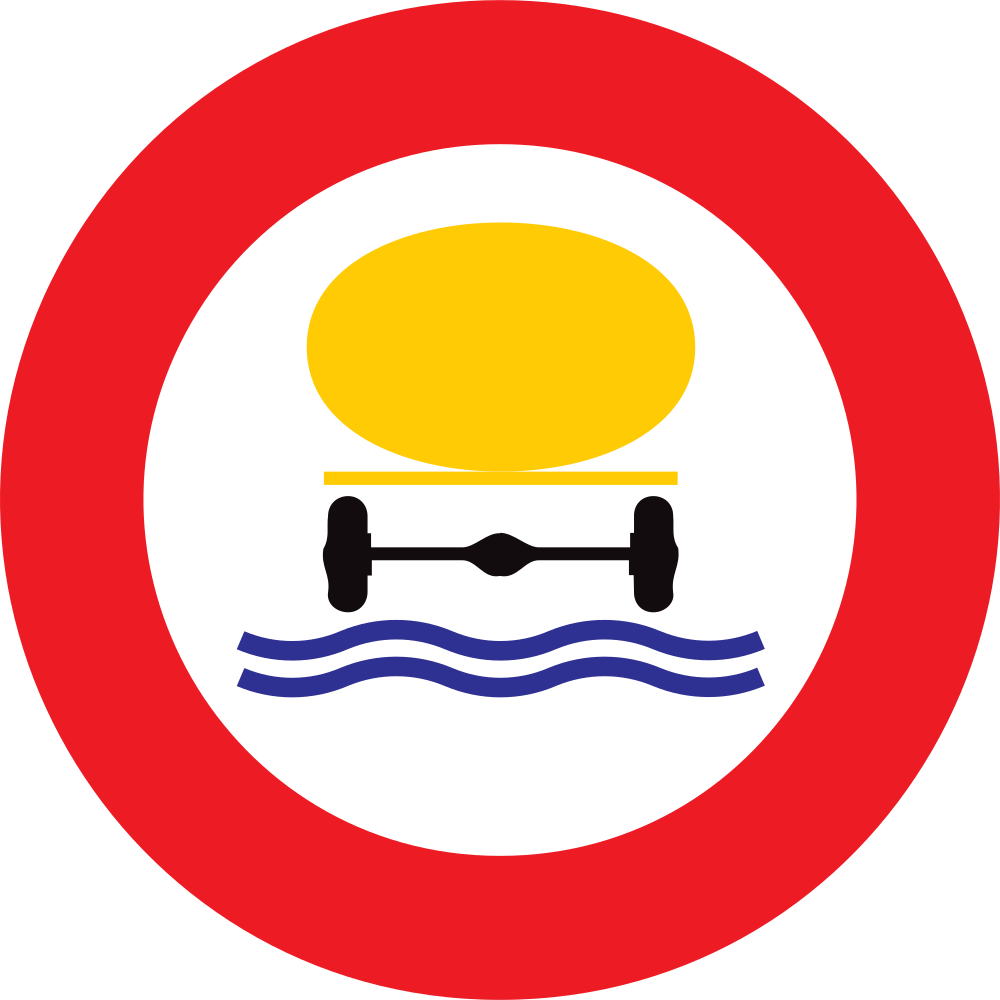 Vehicles with
Vehicles with 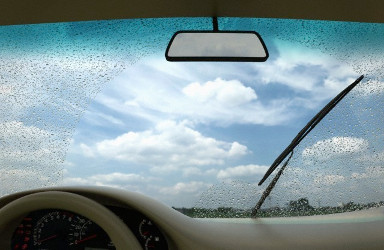 Make sure the
Make sure the 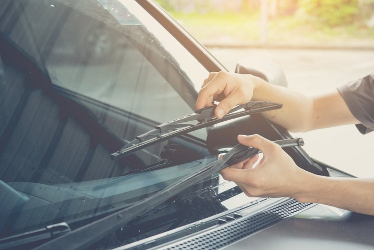
 An
An 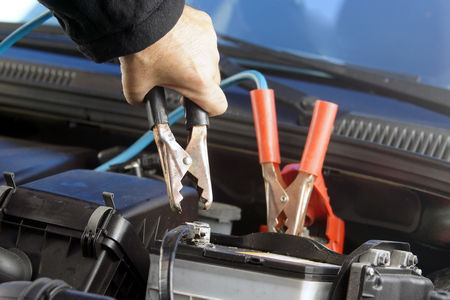 You can start your vehicle with
You can start your vehicle with  The suspension is the system that connects the vehicle to the tires.
The suspension is the system that connects the vehicle to the tires.
 The suspension helps to have good control of the vehicle.
The suspension helps to have good control of the vehicle.
 The exhaust system reduces noise coming from the engine and helps cool the exhaust gases from the engine.
The exhaust system reduces noise coming from the engine and helps cool the exhaust gases from the engine.
 Gases released from a leaking exhaust system can be deadly in a short time.
Gases released from a leaking exhaust system can be deadly in a short time.
 A poorly maintained engine can have difficult consequences such as a
A poorly maintained engine can have difficult consequences such as a 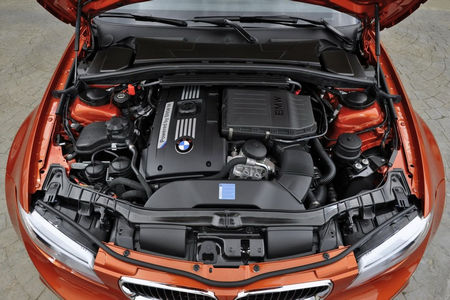 A poorly running engine can stop while you are driving, which can cause dangerous situations.
A poorly running engine can stop while you are driving, which can cause dangerous situations.